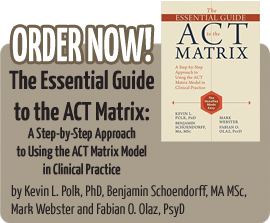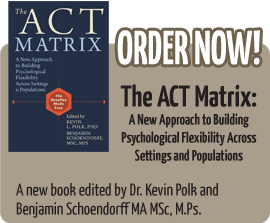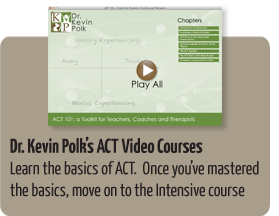Someone sent me a question asking about difficult toward moves.
This is something that comes up often, the notion that toward moves are easy. The reality is that they are often very difficult.
Recall that when you do the Matrix by quadrants the upper right quadrant are behaviors you can do to move Toward others while having the unwanted feelings from the lower left quadrant.
If you have ever asked someone out on a date you might have noticed this process. You were afraid of rejection, but you had that fear and went ahead and asked for a date to move Toward a relationship.
Of course you may have decided to avoid the fear (upper left quadrant) and not ask.
Some toward moves are very, very hard. Soldiers, police officers, fire fighters and others take fear along with them as they go about their duties. These can be very difficult toward moves.
All of us end up having to confront someone about something, and often the fear of the loss of the relationship is very hard to have while doing the confronting.
The trick is to know what you value and then commit to making the move toward the value. So if relationships are important to you (you value them), it might just be worth it to take some fear, pain or other unwanted stuff along with you as you move toward the relationship.
The other trick is to notice what unwanted stuff you move away from the most, and how you go about doing the away moves.
There is no magic answer to when to do a Toward move and when to do an Away move. They are both parts of life. The Matrix diagram is about mindfully Noticing as you do toward and away moves and then noticing if the pattern of Away and Toward moves is ultimately moving you toward a valued life.
Be Well,
Kevin
Kevin L. Polk, Ph.D.
Toward and Away Training: http://www.amazon.com/dp/B004M8S4Z4






